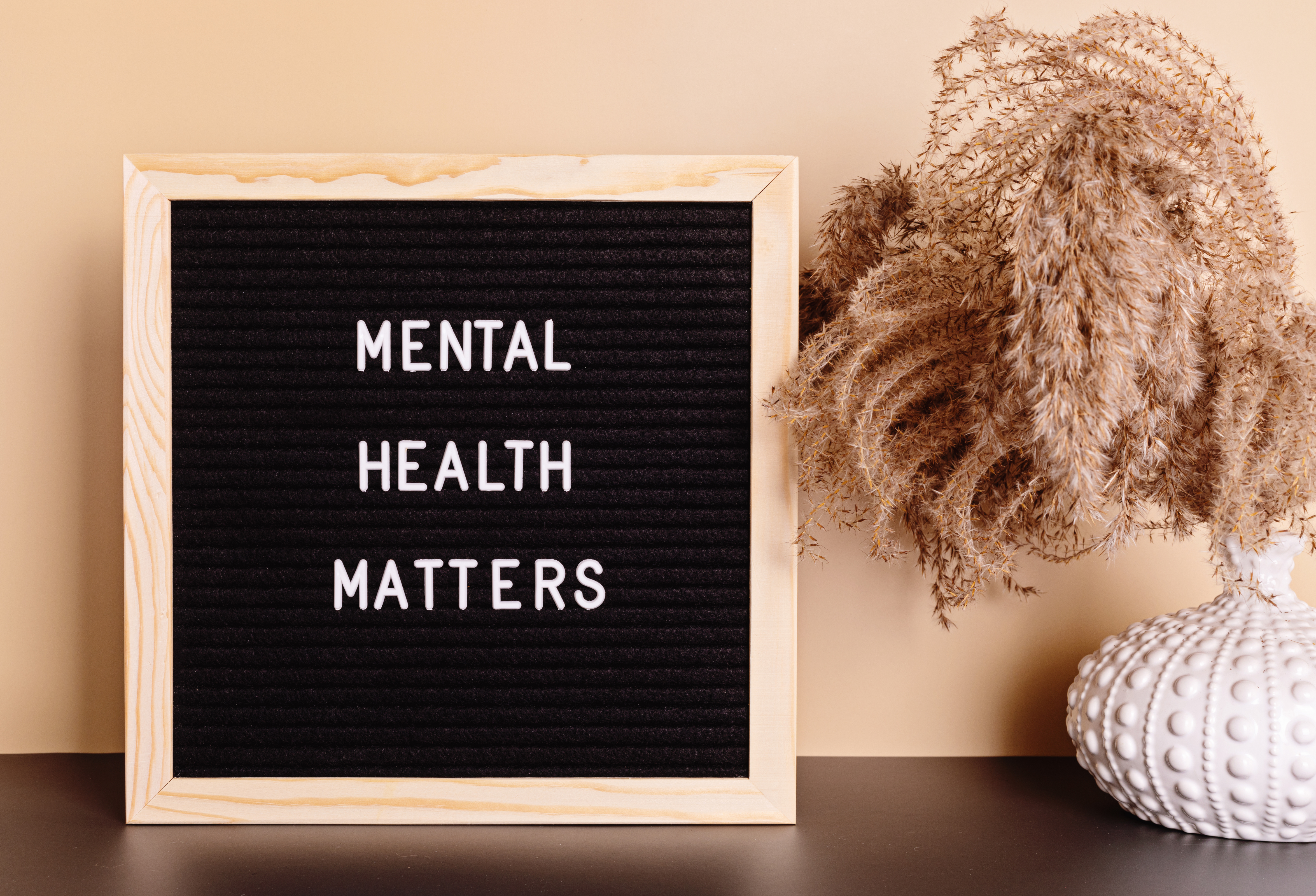Some muscles take all the spotlight. You’re probably familiar with your pectorals, your abdominals, calves, quadriceps, hopefully even your hamstrings and glutes! Unfortunately, this leaves some very important muscles by the wayside. They may not be what you can easily see in the mirror, but they serve us well and deserve some of the attention our larger muscle groups tend to get instead. Over the next few weeks we’ll take some time to highlight these lesser-known muscles and why they need some love.
This week we’ll go over our rhomboids.
Take a look at your natural posture, sitting or standing. Does it look something like this?
Do your shoulder blades look like this?
To an untrained eye, this might look normal. But here’s what we would ideally be looking at:
If you’ve noticed you look more similar to the first 2 pictures, chances are you need to be formally introduced to your rhomboids. Rhomboids serve to move and stabilize the scapula. They hold it onto the ribcage, retract it, and rotate it downwards. If you’ve ever worked with me you know one of the lines I say constantly is “pull your shoulder blades flat against your back and pull them down like you’re tucking them into your pocket.” The purpose of this is to get those rhomboids active to help stabilize your scapula and in turn your shoulders.
Improved posture is a goal I’ve heard from many people! Having strong, active rhomboids is integral for maintaining good posture by pulling your scapula and shoulders back, reducing the ‘hunch’ in the thoracic vertebrae. In addition to generally good spine health, having strong, straight posture helps you look much better in the body you already have! Building up the rhomboids also serves an important purpose in shoulder stability by being able to help ‘pack’ the shoulder when performing pulling motions such as a row or a pull-up or a pushing movement such as an overhead press. Having a stable shoulder when executing these exercises prevents injuries such as strains or even dislocations.
So what are some ways that the rhomboids can be activated and made stronger? We’ll go over that in our Exercise of the Week post this week, so stay tuned!
Kat Whitfield
B.S., NASM-CPT



